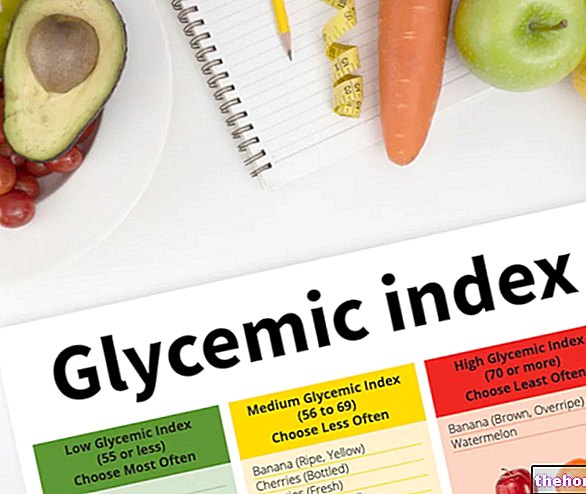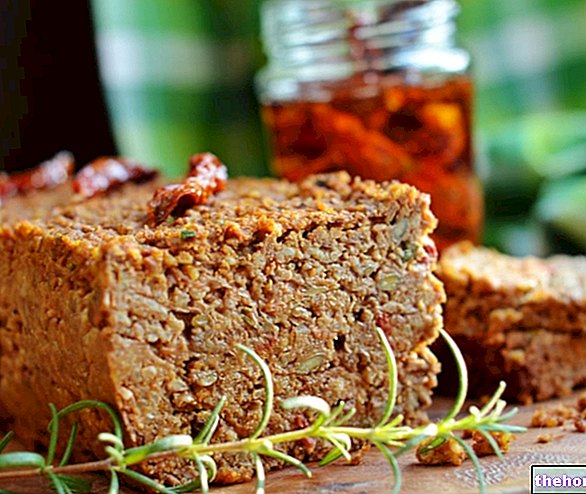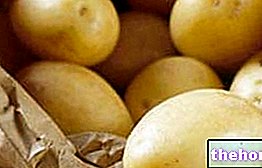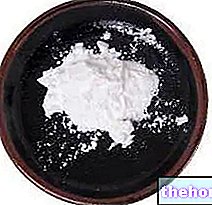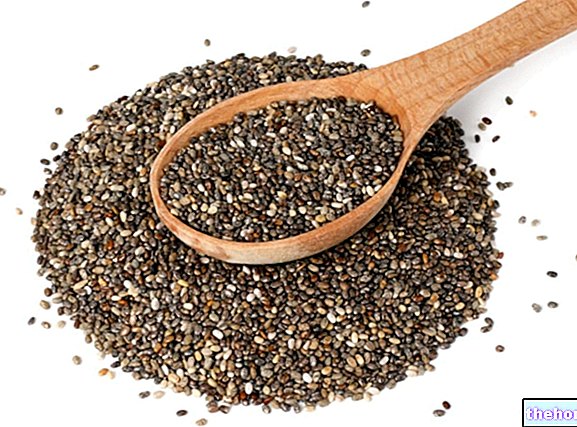Light foods are food products that provide fewer calories than traditional equivalents. The substances that are reduced are:
1. Fats
2. simple sugars
3. alcohol
4. cholesterol
To maintain the organoleptic qualities (flavor and consistency), however, additives must be added: flavorings, emulsifiers, gelling agents, sweeteners and preservatives (the latter necessary due to the higher water content of the light food, therefore its easier deterioration from a microbiological point of view. ).
To fill the gap due to the reduction of nutrient content, it is possible to replace fats with vegetable proteins, modified starches or other, and sucrose with acaloric sweeteners. The reduction of fats can be considered an advantage from an energy point of view, but it must be remembered that they constitute the vehicle through which the fat-soluble vitamins are absorbed, and that linoleic and linolenic acids are essential fatty acids (see also functions fat).

Sometimes the concept of LIGHT food can confuse the consumer. Light beer, for example, is a non-alcoholic or light beer (alcohol by volume lower than 3.5%). In reference to cheeses, then, the terms lean and light are used improperly; these food products are in fact fat concentrates. Eventually, we could consider ricotta a light product, because it is low in lactose (suitable for those who are intolerant to this sugar) and produced with whey (residue from milk processing, low in fat). In any case, by definition of the law, low-fat cheese must have a quantity of fat less than 20%; therefore, the concept of light food is regulated by standards imposed by law. Similarly, low-fat yogurt must have a lipid content equal to or less than 1%, while in light low-fat margarines this percentage must be around 40 - 42 percentage points. Similarly, the legal provision allows the production of light butter with a reduced fat content, with 39-41% of lipids. These examples make us understand how the concept of light is always related to the product considered (in light butter we find particularly significant amounts of fats, consequently also the power caloric - albeit halved compared to the traditional - remains high).


